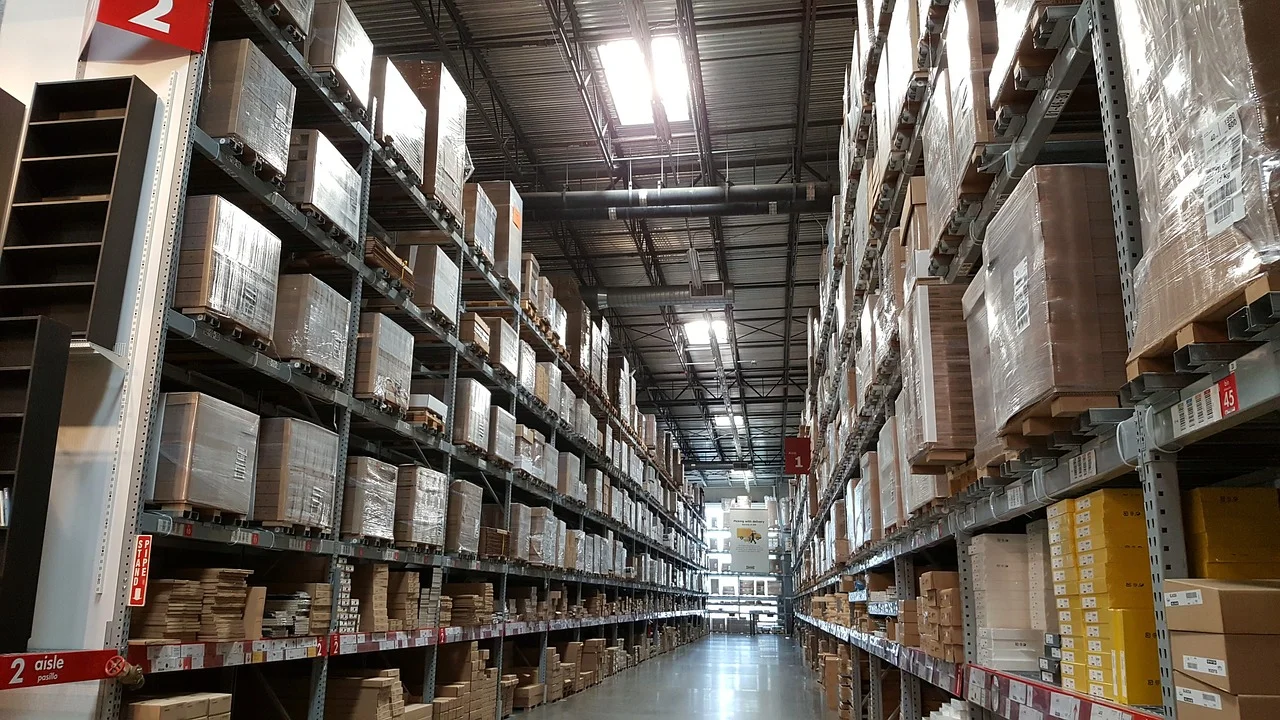I was an early Lean practitioner at Armstrong World Industries. I’d spend a week with a production and maintenance team on a production line, helping them implement improvements to safety, quality, productivity, and customer service. At the end of the week, we’d give a tour of our changes. Because of our numerous successes, I was requested to help many of our manufacturing sites around the world.
Read MoreI visited an engineered wood flooring plant in Kentucky. They were losing millions of dollars annually due to poor scrap performance. After meeting with the Plant Manager and his leadership team, we took a Gemba walk to assess the current situation.
Read MoreIn 1994, I was responsible for quality control for a ceiling grid joint venture between Armstrong World Industries and Worthington Industries. At the time, we had two domestic plants, but plans were in place to build a new plant in a town in the northern part of France, Valenciennes.
As an Industrial Engineer, I was very interested in the overall design and layout of the plant, and wanted to help maximize the flow of materials throughout the plant. I was invited to participate in the early development of design options.
Read MoreIn 1991, I was offered a position as a shift supervisor at a ceiling grid plant in Franklin Park Illinois, a suburb of Chicago. I received supervisor training the prior year and this was my first opportunity to use what I learned in the real world. From my second-floor office, I was able to see both ends of the plant, including the eleven operating lines and the warehouse. What immediately struck me was the lack of focus on the quality of the product we were producing.
Read MoreThe Corporate Quality Manager of a suspended ceiling manufacturer had a problem. When he wanted to check for defects on ceiling tiles, he had them shipped from the manufacturing plant and installed in ceiling grid in the corporate testing facility. This 12’ x 24’ ceiling grid configuration was adjacent to a large bank of windows. He then waited for the weather to cooperate. You see, he wanted the proper angle of sunlight to shine across the face of the tiles, and depending on the time of year and weather conditions, he might have to wait weeks to assess the quality of the tiles. The windows were often obstructed with testing materials, which made access and viewing even more difficult.
Read MoreIn 2005, I was asked to help a team reduce the changeover time of a painting operation at a ceiling tile manufacturing plant in Oregon. The approach I used was SMED – Single Minute Exchange of Die. The goal was to reduce the existing changeover time by 50% or more, while improving the safety of the work.
Read More






